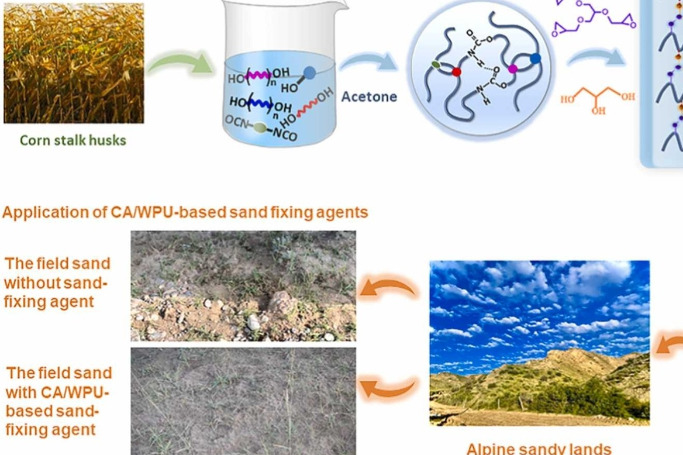Seawater Uranium Extraction
Chinese scientists make seawater uranium extraction 40 times more efficient
China’s increasing nuclear power capacity drives a growing demand for uranium. The country imported 13,000 tonnes of natural uranium in 2024, while domestic production was only about 1,700 tonnes.
The world’s oceans are estimated to contain 4.5 billion tonnes of uranium, 1,000 times the amount of uranium ore reserves in the ground.
However, the concentration of the heavy metal is extremely low in seawater, at just 3.3 milligrams (less than 1,000th of an ounce) per tonne.
The presence in seawater of vanadium, which shares chemical properties with uranium, also presents a challenge as the two must first be separated, complicating the extraction process.
Researchers at Lanzhou University’s Frontiers Science Centre for Rare Isotopes have developed a technology that doubles the capacity for uranium adsorption – or capacity for surface adhesion – to improve uranium-vanadium separation efficiency by 40 times.
Details of the research, led by Professor Pan Duoqiang at the Frontiers Science Centre, were published in the international journal Nature Communications on March 10.
Metal-organic frameworks (MOFs) are a class of inorganic-organic hybrid coordination polymers. Compared to traditional adsorbents – or solids that attract other particles to their surface – MOFs offer advantages like structural tunability or capacity for changes in physical configuration, functional diversity and high surface area – making them ideal candidates for uranium selective separation.
Overly precise structure-activity relationship design often leads to a decrease in the specific surface area of materials and a reduction in the density of active sites,” Pan said in an interview with Science and Technology Daily last week.
To solve this problem, the researchers synthesised molecules of the hydrocarbon diphenylethylene (DAE) into MOF materials, enabling the MOF materials to alter their pore size under ultraviolet light.
They then placed this DAE-MOF material in simulated and real seawater containing various metals similar to uranium, to test its adsorption effect on uranium.
Test results showed a uranium adsorption capacity of 588 mg/gram and a uranium-vanadium separation factor of 215, surpassing the capacity of all existing materials in simulated or natural seawater.
Pan noted that this technology provided a practical solution for seawater uranium extraction, marking a significant advancement for China.
From the 1980s to 1990s, Japan pioneered seawater uranium extraction, recovering 1 kg (2.2 pounds) of yellowcake – or uranium concentrate – through large-scale marine trials, the highest reported to date.
According to the International Atomic Energy Agency, China’s uranium demand is expected to be over 40,000 tonnes by 2040.
This would mean greater demand for marine uranium extraction. In November 2019, state-owned China National Nuclear Corporation – which oversees all aspects of the sector – collaborated with 14 domestic research institutes to form the Seawater Uranium Extraction Technology Innovation Alliance.
The alliance set clear goals for the 30 years to 2050, with the 2021-2025 first phase aiming to match Japan’s record kilogram-level feat.
The alliance’s 30-year road map also includes building a tonne-scale demonstration plant by 2035 and enabling continuous industrial production by 2050.
We are thrilled to extend a warm welcome to the
China Scientist Awards!
Join us for the China Scientist Awards, a premier event in the realm of research. Whether you're joining virtually from anywhere in the world, this is your invitation to explore and innovate in the field of research. Become part of a global community of researchers, scientists, and professionals passionate about advancing research.
visit: chinascientist.net
Nomination Link: https://chinascientist.net/award-nomination/?ecategory=Awards&rcategory=Awardee
Registration Link:https://chinascientist.net/award-registration/
For inquiries, contact us at contact@chinascientist.net-------------------------------------Other website:
Nomination Link: https://chinascientist.net/award-nomination/?ecategory=Awards&rcategory=Awardee
Registration Link:https://chinascientist.net/award-registration/
For inquiries, contact us at contact@chinascientist.net




Comments
Post a Comment